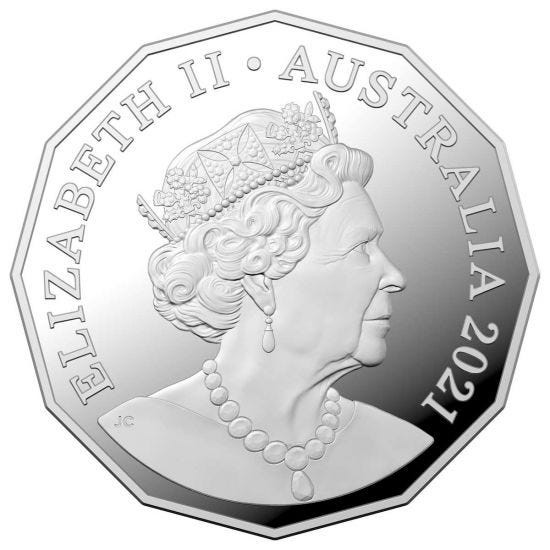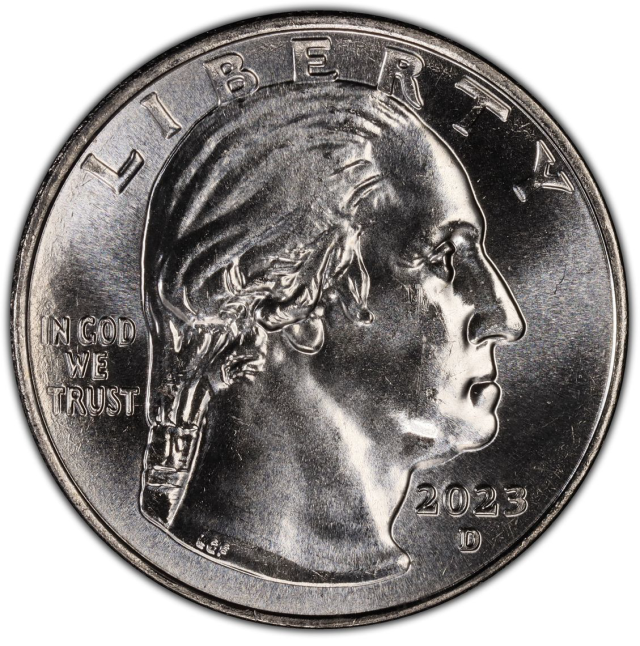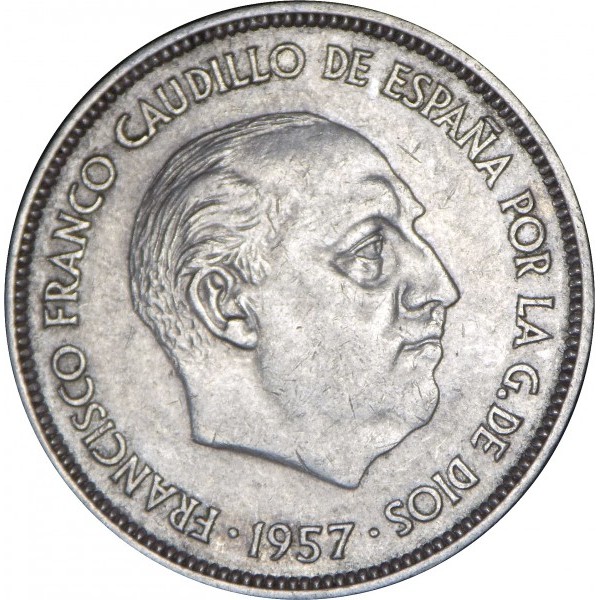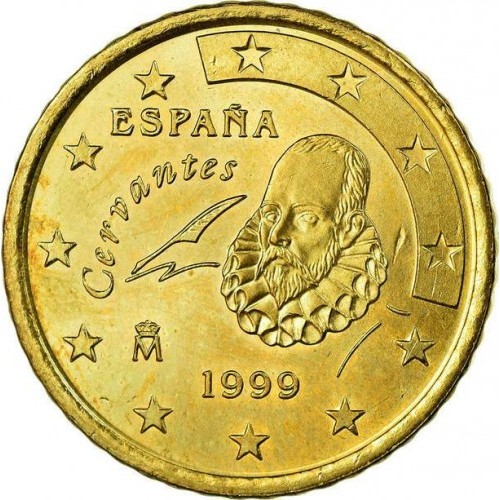USA 1 dime Mercury 1928
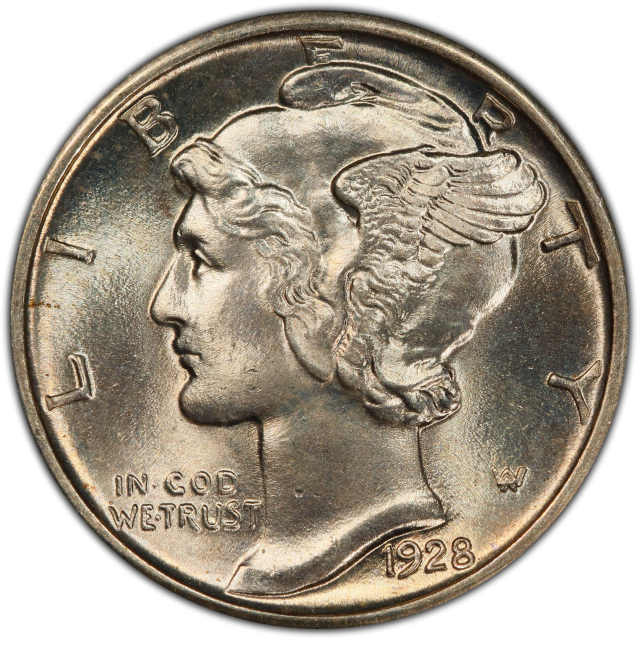
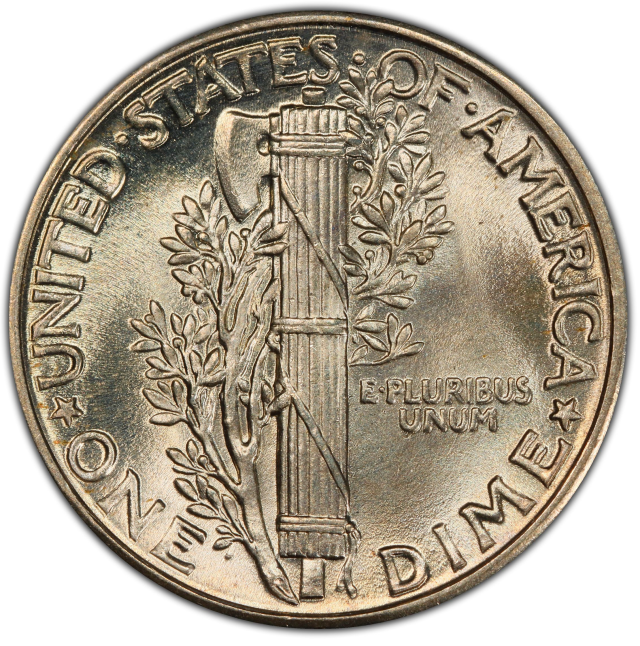
Rarity
Attributes of Coins
| Melt Value | $3.62 2.25g Silver |
|---|---|
| Region | USA |
| Denomination | 1 dime |
| Krause number | KM# 140 |
| Mintage | 19,480,000 |
| Metal | Silver 0.900 |
| thickness | 1.3 mm |
| diameter | 17.91 mm |
| weight | 2.5 g |
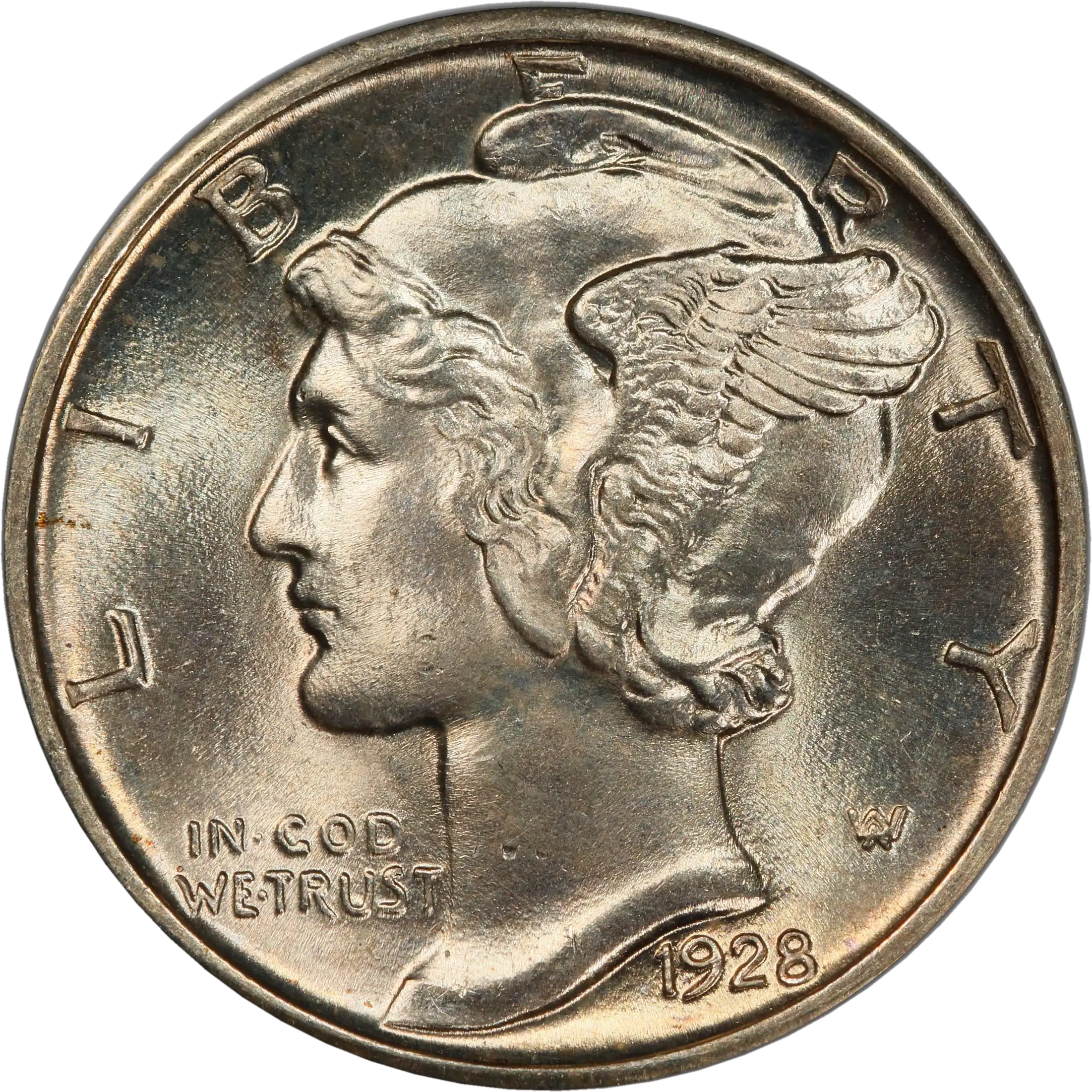
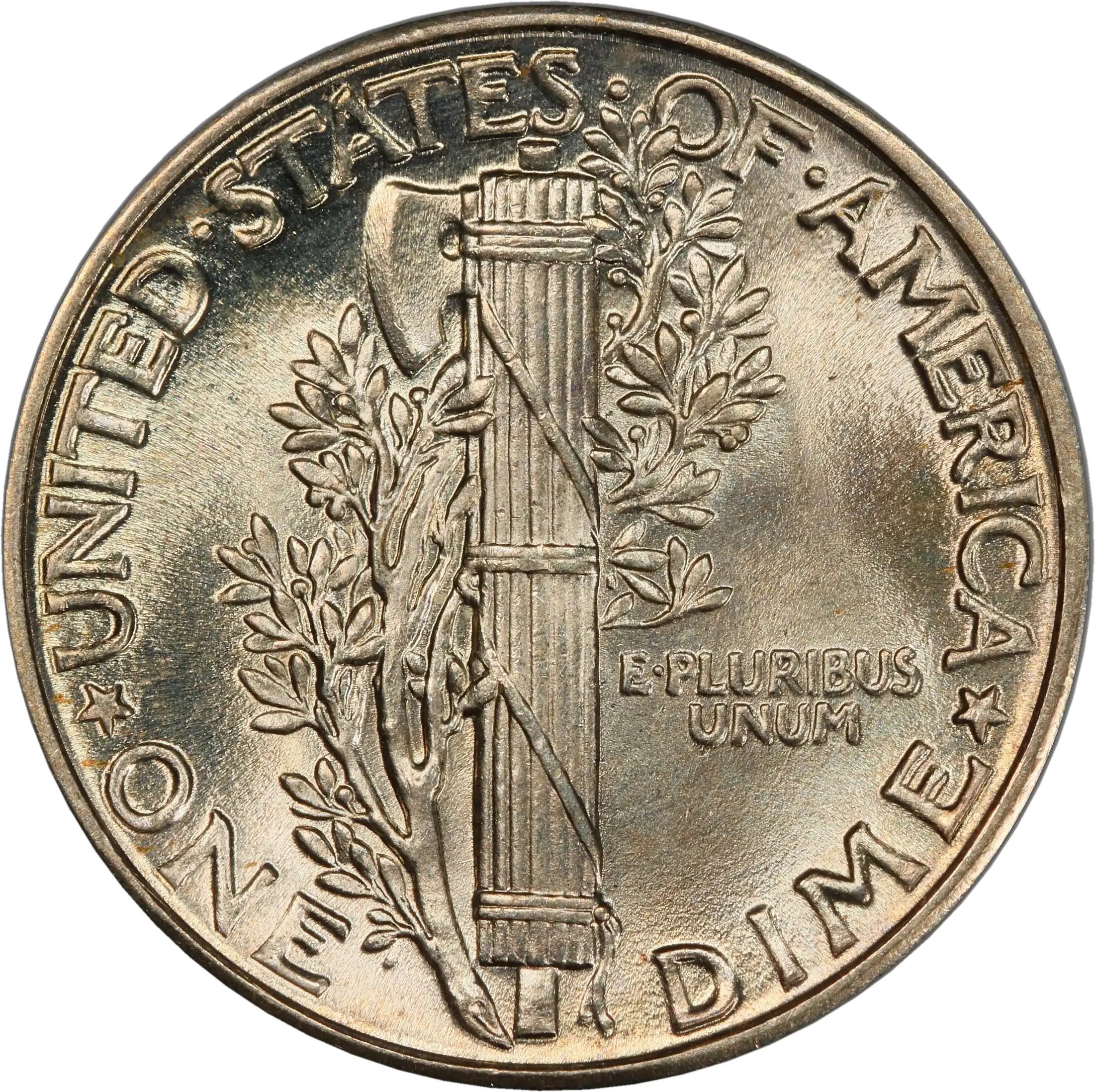
Introduction of Coins
First produced shortly after the turn of the 20thcentury, the Mercury Dime was immediately a hit with US citizens because it offered increased versatility with regard to the money they were able to use. These coins, during their time in circulation, were utilized quite frequently and are still being used today. Though Mercury Dimes are no longer being produced, they have grown to be extremely popular amongst coin collectors.
If you ask any collector, they will tell you that it is their end goal is to purchase only those coins that have been well-preserved through the years. Unfortunately, due to the fact that these coins were circulated heavily, very few surviving pieces are found in great shape.
Grading the 1928 Mercury Dime
As was touched on before, collectors are constantly striving to get their hands on the most well-preserved Mercury Dimes. Knowing this, it should not come as too much of a surprise that collectors will closely analyze the faces of these coins in search of any and all imperfections. Even the smallest blemishes are noted by collectors.
Normally, people have their coins sent away for grading. This process involves a coin expert looking at the coin in question and assigning it a grade. This process is often expensive and time-consuming, so we have provided below a few specifications that apply to specific coin grades as to give you a better idea of what graded coins might look like.
Uncirculated:An Uncirculated coin is one that never spent any time exchanging hands. Thanks to this coin’s being kept in a safe place throughout its life, there exists no damage on the surfaces. All of the coin’s texture is intact, and the images and inscriptions can be made out quite easily. These pieces are the most desirable, but also some of the most expensive.
Extremely Fine:For a coin to receive this grade, it will have had to survive its short time in circulation without having incurred much damage at all. Only under close inspection can you see the generally light scratching and wear that is present on this type of graded Mercury Dime. These coins are also a prize for collectors as they are in mostly pristine condition.
Fine:A coin that is given a grade of Fine is one that spent a moderate amount of time being circulated across the United States. During its time in circulation, this coin will have been damaged a good bit. Complete with visible scratching and surface wear, these coins will show their age to some extent, but are not so beat up that you cannot recognize the images and inscriptions.
Good:This is the grade given to coins that are in rough shape. These were some of the most heavily circulated coins around, and will definitely show a good bit of damage. The type of damage you will find on coins graded to be in this condition can range from a lot of scratching, to deep chips, and on occasion bending.
Pricing the 1928 Mercury Dime
For coins that are as aged as the 1928 Mercury Dime, determining an accurate valuation requires close attention paid to two factors. For one, the type of coin matters. Because a few different types of Mercury Dimes were minted with every release, the scarcity of the particular type of coin is the first thing that plays in to price. Secondly, the price of the coin will depend on condition. As you might expect, coins that are in top-drawer condition are the ones that will sell for the highest prices. The chart below is aimed at giving you a good idea of what the price might be for a graded 1928 Mercury Dime if you are given its type.
Read More



